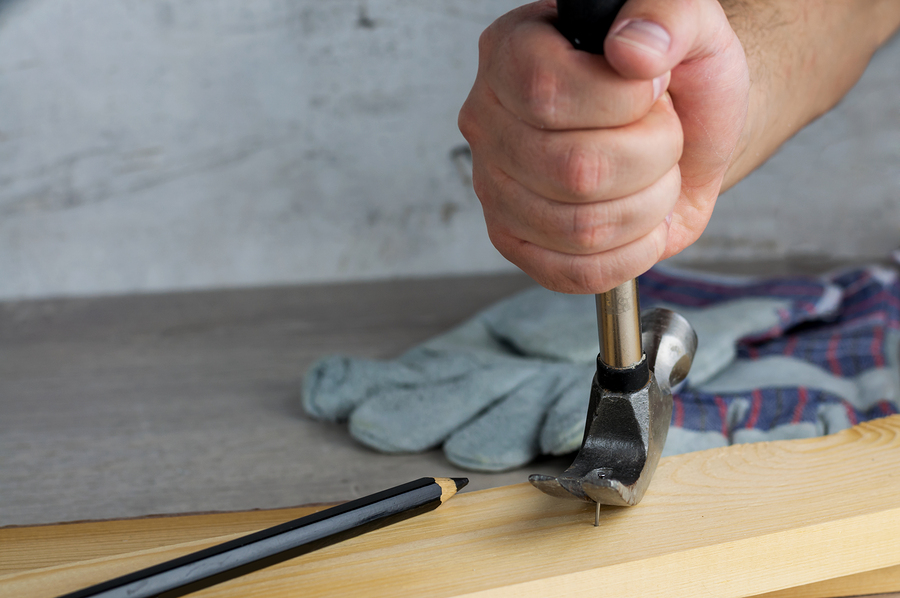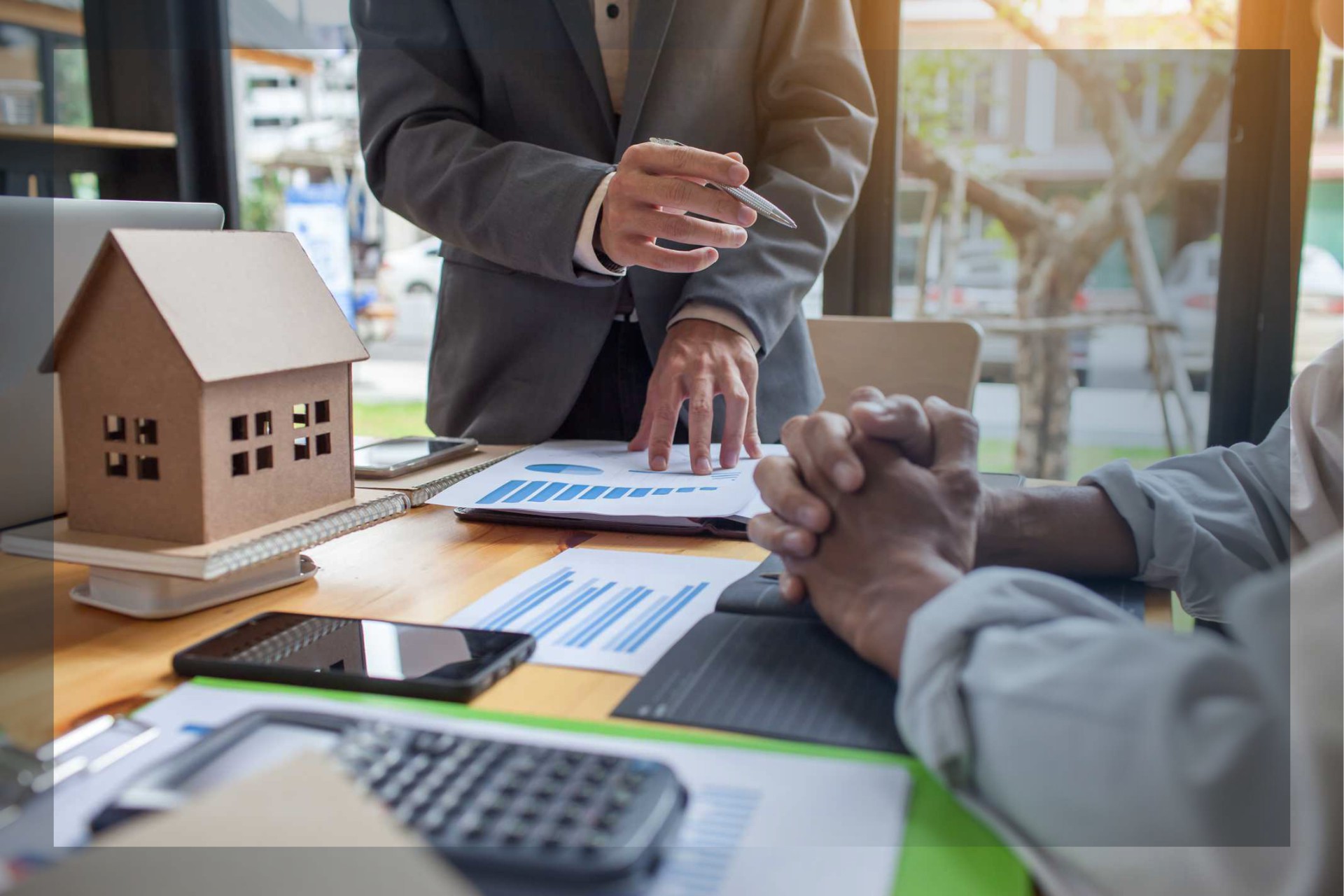Hard Money Lenders Aren’t As Scary As You Think—Here’s What To Know First
So, you need some money for a quick fix and flip? Many people looking to break into this business do and often struggle to determine what place is the right place to secure the financing that they need. The good news is, hard money lenders can help.
However, there are some people who have trepidation’s regarding hard money lenders. Perhaps they have heard a horror story in the past, perhaps it is the name “hard money” or perhaps it is the fact that they just don’t really understand what a hard money lender is.
The good news is, hard money lenders aren’t as scary as you think. In fact, they, in general, tend to make getting loans quite easy. Here’s what you need to know about hard money lenders and what they offer.
Why You Should Turn to Hard Money Lenders
Hard money lenders are private investors that are dedicated to helping people get short-term loans secured by real estate. These lenders specialize in short-term real estate investment opportunities such as fix and flips.
They typically give out loans for about 12 months, but they may lend longer, and they will ask you to provide monthly payments of interest or interest and some principal and at the end of the loan (when you sell your fix and flip) you will make a balloon payment for the remainder of the loan.
These lenders are going to work with you one-on-one and base their decisions on the deal they are presented with. They aren’t going to comb through your financial records. Instead, they are going to look at the potential for your fix and flip to earn money and base their loan terms on that.
What are the Pros of Hard Money Loans?
There are many pros of the hard money loans you can get from these lenders, this includes:
- Speed of Approval—you can typically get these loans secured very quickly compared to other mortgages, typically because the lender is mostly focused on collateral not all of the other financial documents that mortgage companies need from you.
- Flexibility—one of the biggest benefits of working with hard money lenders is that they can be more flexible than traditional loan officers. These lenders will evaluate each deal individually and are often more flexible with individuals than large companies are.
- More Approval Rates-with hard money loans, you can avoid issues with getting your loan approved. Credit issues, or bankruptcies aren’t going to prevent you from getting a loan approved in the way they would with other mortgages—hard money lenders are more focused on the deal.
So, if you have been apprehensive about hard money lenders in the past—now you know about just how helpful they can be when you need cash for your upcoming fix and flip. Keep this information in mind before you find the right financing for your investment property, as a hard money lender may be just the ticket to you getting the money you need to make your fix and flip dreams a reality.











